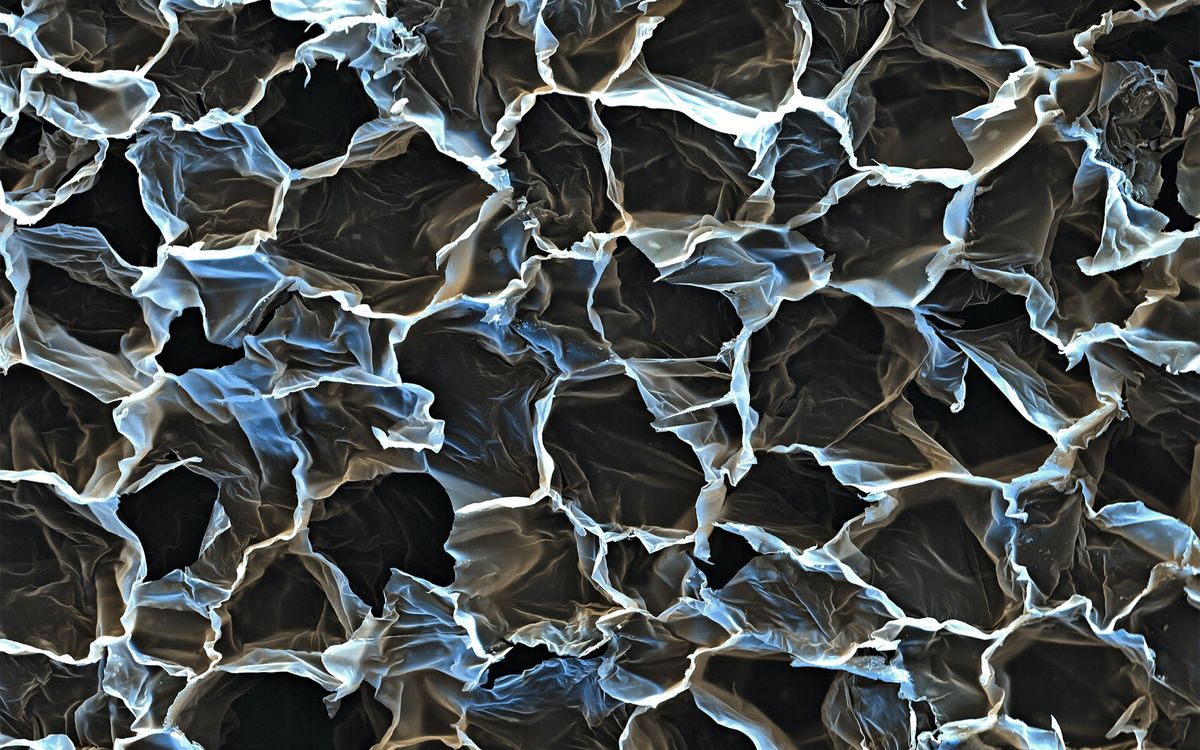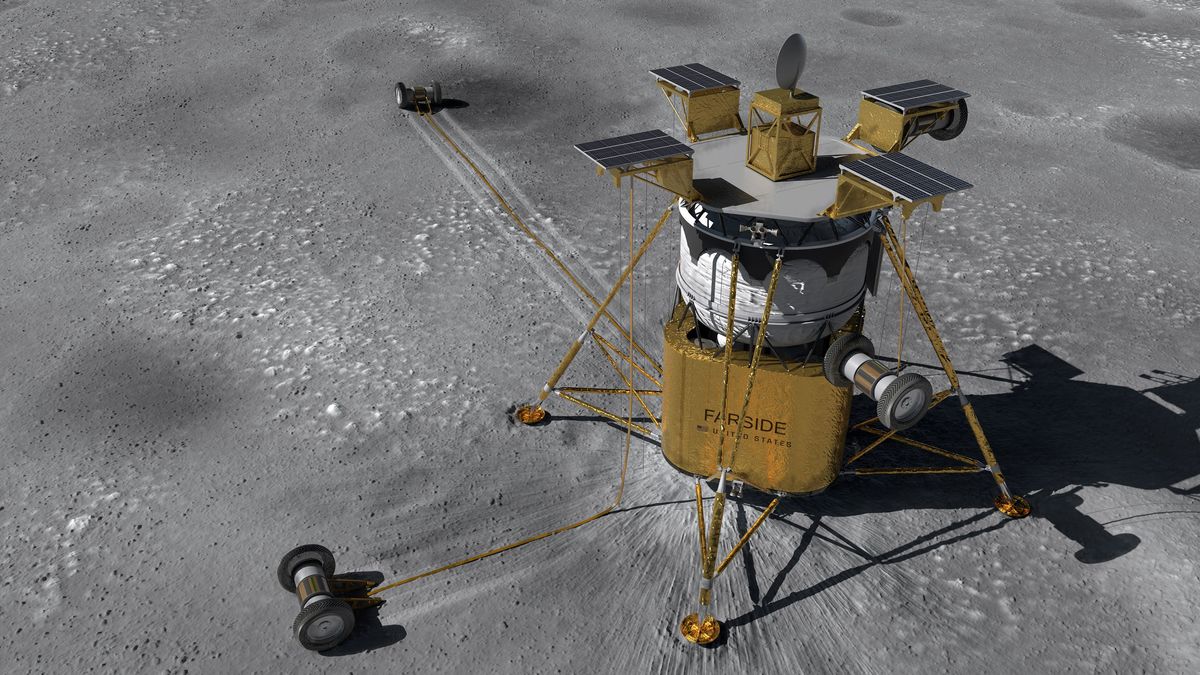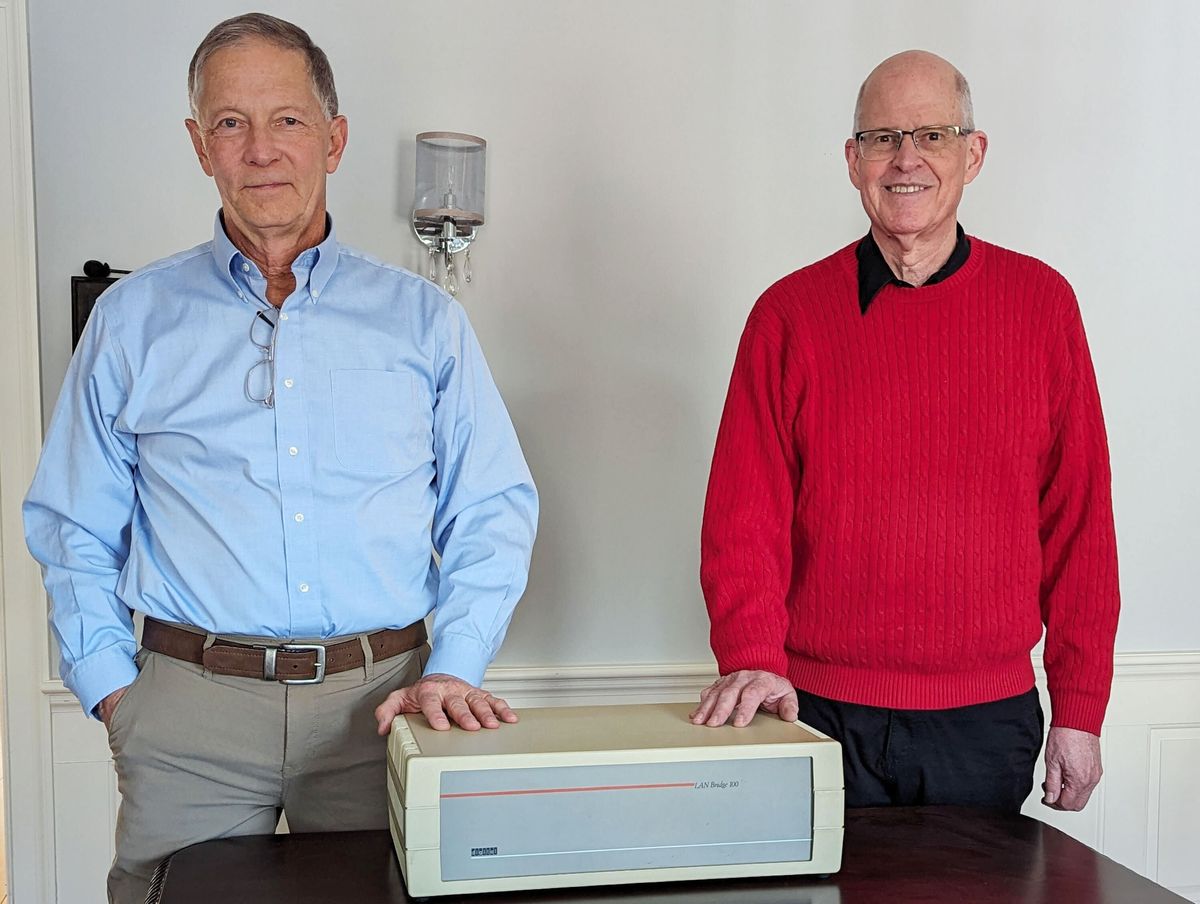Editor's Note: John Boyd is an IEEE Spectrum contributor reporting from Kawasaki, Japan. This is part of IEEE Spectrum's ongoing coverage of Japan's earthquake and nuclear emergency. For more details on how Fukushima Dai-1's nuclear reactors work and what has gone wrong so far, see our explainer and our timeline.
Monday is a national holiday celebrating the spring equinox in Japan, but there is no holiday for the various groups working frantically to stabilize the earthquake damaged Fukushima Dai-1 Nuclear Plant. Both the country’s Self-Defense Force and fire fighting crews from Tokyo continued their water pumping operations in the early morning aiming to refill spent fuel storage pools in the reactors where the water has evaporated. Meanwhile, power company crews continued with their efforts to restart cooling systems at all the reactors.
Fire fighters worked for more than 6 hours from 10 p.m. Sunday night till past 4 a.m. Monday morning jetting water into the spent fuel storage pool of the No. 3 reactor building. NHK, Japan’s national broadcaster, reported that a total of three times the capacity of the pool has now been poured into the building. Experts said previously that the pool could hold 1200 metric tons of water. This stop-gap measure is to replace the water evaporated after power was lost following the earthquake. Without power to circulate water, the still-radioactive spent fuel would heat up.
In a similar operation Japan’s Self-Defense Force used fire trucks to inject water into the No. 4 reactor building for about 2 hours from 6:30 a.m. Both water-pumping operations were then suspended, apparently to allow Tokyo Electric Power Co. (TEPCO) repair crews to continue their work to restore power to the crippled reactors.
At 9 a.m. TEPCO reported that it now had a 450 volt cable connected to the plant and was readying to supply a central control room for the No. 1 and No. 2 reactors. Getting power to the No. 2 reactor is considered a priority because the building is still intact and this is preventing water being injected into it from outside. Before power can be restored though, the crews must test pumps, instruments, and electrical equipment that could have been damaged by the seawater from the tsunami and the water pumping operations.
TEPCO has put in emergency orders for replacement pumps that can use seawater instead of freshwater, and for a variety of electrical equipment including motors.
High radiation levels are slowing the pace of the work. According to Hidehiko Nishiyama, deputy director general of the Nuclear and Industrial Safety Agency, radiation measured 500 meters from the plant at 6:30 a.m. Sunday morning was 2670 microsieverts per hour, rose to 3346 microsieverts when measured at 2:50 p.m. and had dropped to 2346 microsieverts at 6:30 a.m. Monday. He attributed yesterday afternoon’s increase to northwesterly winds and said the decrease this morning could have been helped by rainfall in the area.
(He also noted that some of the jetted water, which could be contaminated with radioactive material, was finding its way into the sea nearby. The situation “will be monitored,” said Nishiyama, though he didn’t expect to see any “significant rise in radiation” there, based on the relatively small amount of water entering the ocean.)
The hard work of the TEPCO repair workers paid off when the Nuclear and Industrial Safety Agency reported in the early afternoon that the No. 5 reactor building was now running on power from an outside electricity grid line. It had previously been relying on an emergency diesel generator.
The combined efforts were clearly having an effect. NHK reported that a Japan Self-Defense helicopter had earlier taken temperature readings over the plant using infrared instruments and found the temperature of all six reactors to be less than 100 degrees C.
But there were still troubling signs. Nishiyama told reporters late in the afternoon that a TEPCO worker had spotted gray and black smoke rising from the No. 3 reactor building at 4:02 p.m. He had no word on the cause but the company had essentially ruled out an electrical short, because power had not yet been restored to that building. He added that there had been no rise in the radiation level, but as a precaution, the work crews had been withdraw.
An update from the agency said the smoke had subsided as of 6:02 p.m. and that radiation levels were unchanged. But it also reported that white smoke or steam had been seen rising from the No. 2 reactor. The cause was under investigation.





